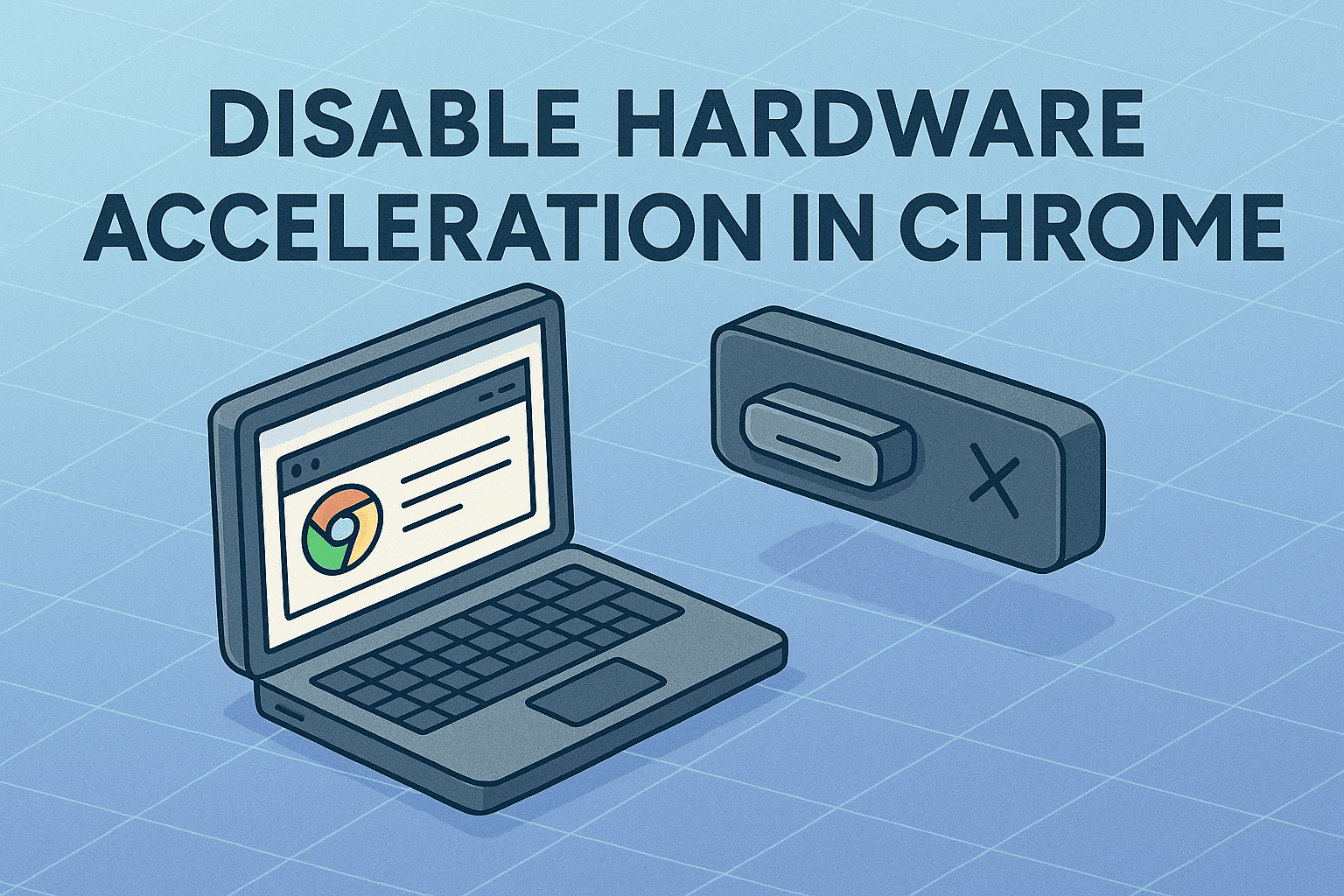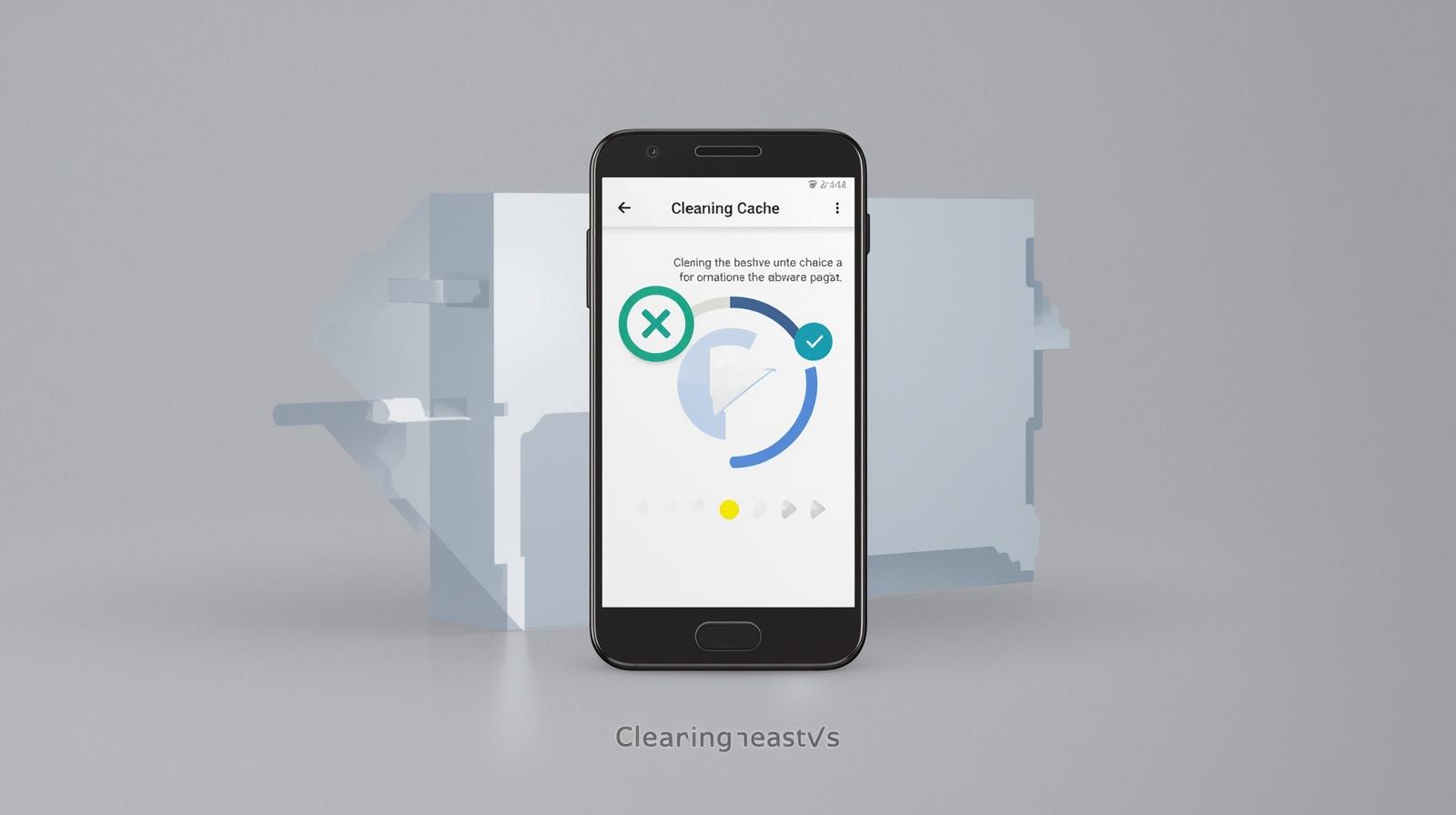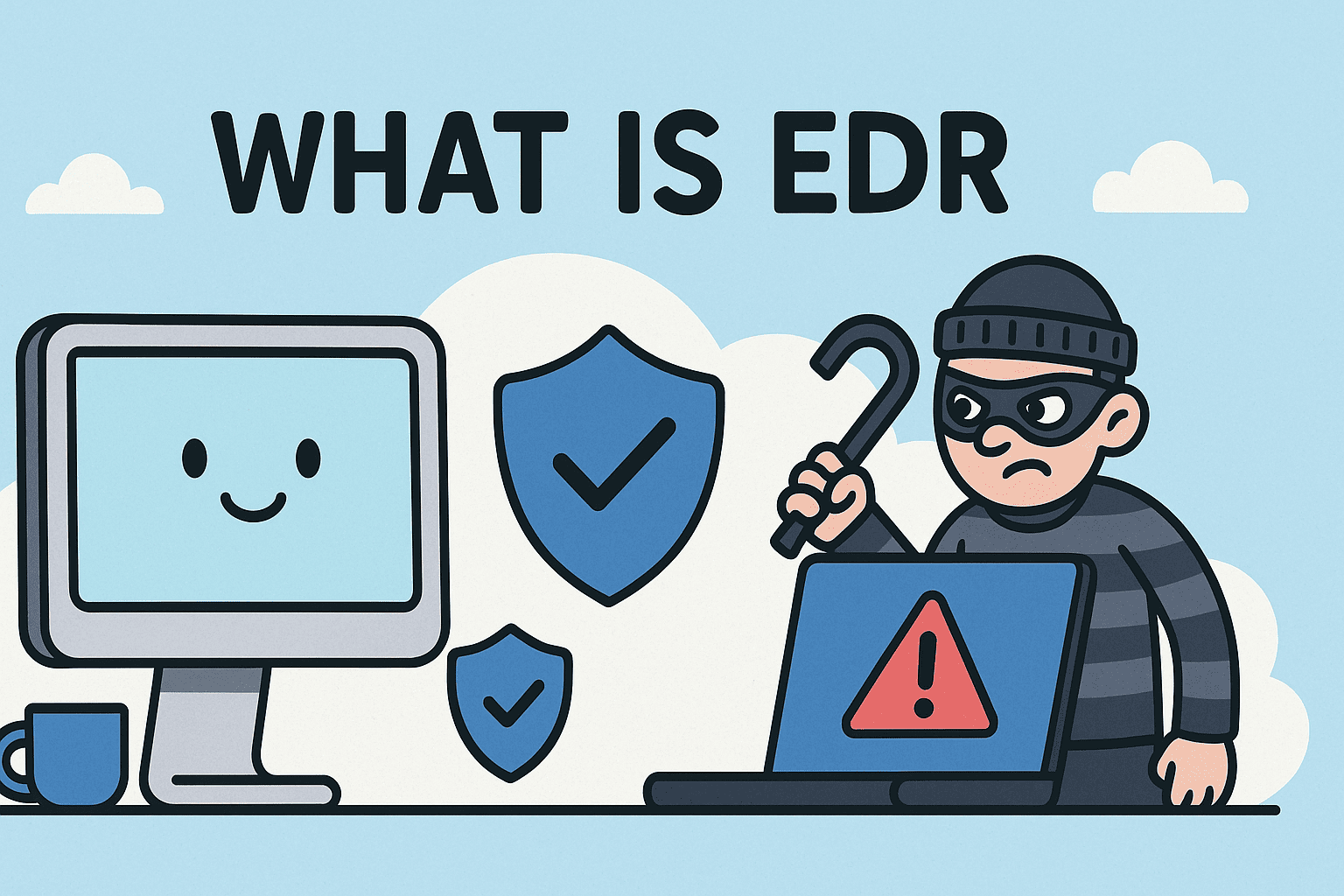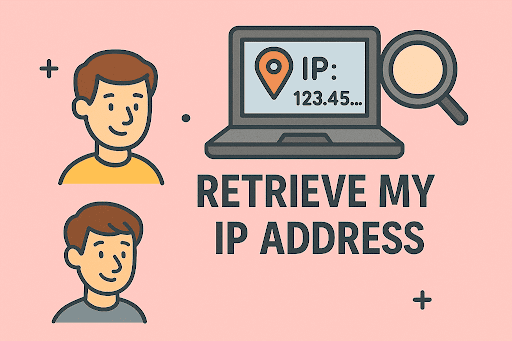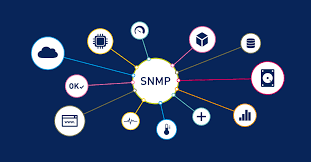Is Your Network Truly Secure?
Updated on June 30, 2025, by ITarian
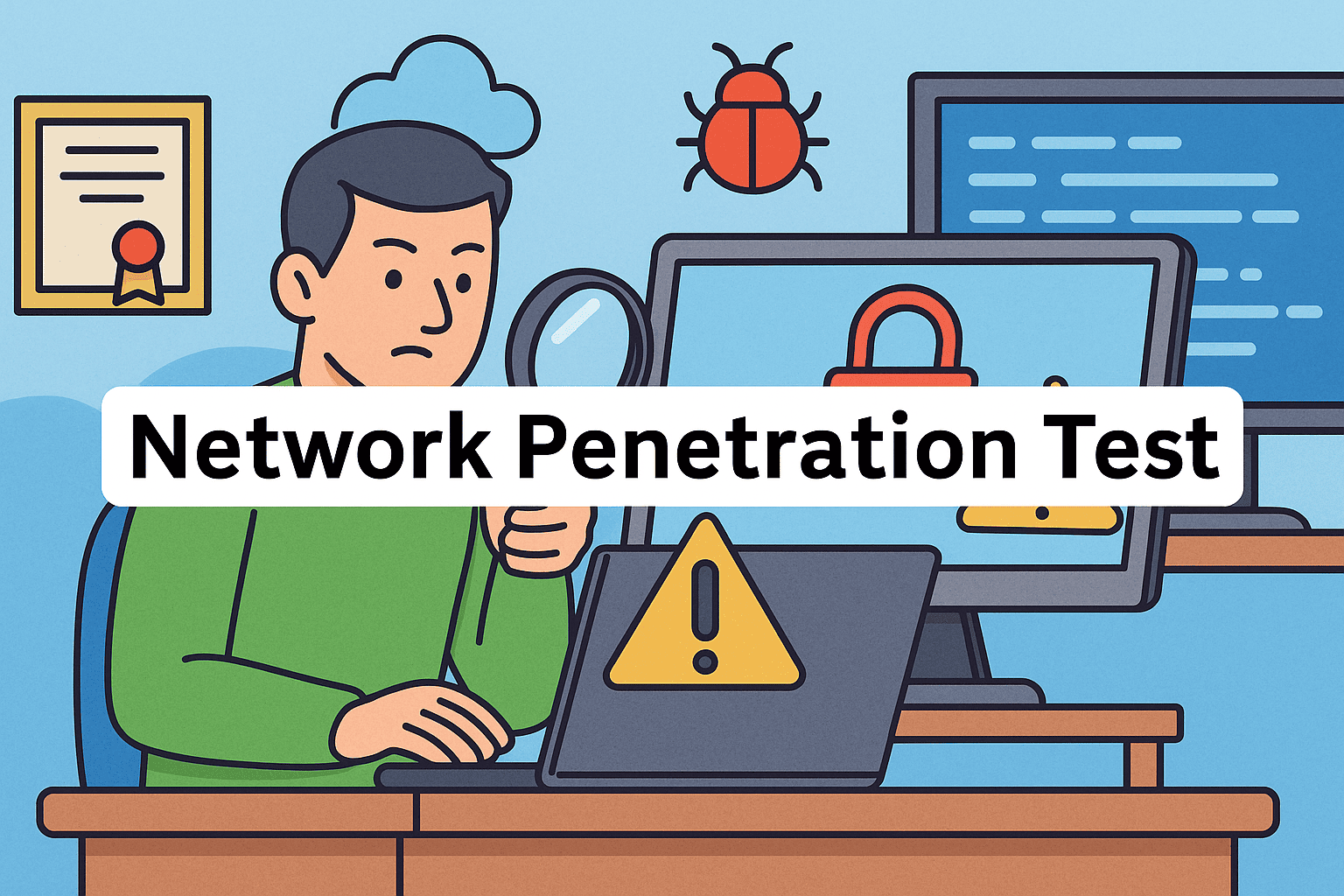
In a world where cyber threats grow more sophisticated by the day, simply having firewalls and antivirus software is no longer enough. Organizations must proactively find and fix vulnerabilities before malicious actors do. That’s where penetration testing comes in.
If you’re wondering how to conduct a comprehensive network penetration test, you’re already on the right track toward securing your infrastructure. A well-planned and executed penetration test mimics real-world attacks to expose weaknesses—giving your organization a critical advantage.
This guide walks you through the network penetration testing steps, methodologies, and best practices used by professionals around the world.
What Is Network Penetration Testing?
Network penetration testing is a controlled, simulated cyberattack on an organization’s network infrastructure to identify security weaknesses. It mimics the tactics of real-world attackers but is conducted by ethical hackers or security teams under strict guidelines.
Unlike vulnerability scanning, penetration testing goes beyond detection—it actively exploits vulnerabilities to assess their real-world impact.
Why Conduct a Comprehensive Network Penetration Test?
A comprehensive penetration test provides far more value than a basic scan or limited test.
Key Benefits:
- Identifies critical vulnerabilities in internal and external networks
- Tests real-world exploitability of network defenses
- Supports compliance (e.g., ISO 27001, PCI-DSS, HIPAA)
- Helps prioritize security investments
- Builds resilience through simulation of advanced attack paths
Network Penetration Testing Steps (End-to-End Process)
To ensure consistency, accuracy, and compliance, follow these network penetration testing steps from planning to post-reporting:
1. Planning and Scoping
- Define goals: compliance, security validation, or training?
- Identify targets: external perimeter, internal servers, wireless, or IoT devices.
- Determine timing, testing types, and rules of engagement.
2. Reconnaissance (Information Gathering)
- Collect publicly available data (OSINT)
- Perform DNS, WHOIS, and IP range scans
- Identify open ports and exposed services
3. Vulnerability Scanning
- Use automated tools (e.g., Nessus, OpenVAS)
- Find known CVEs (Common Vulnerabilities and Exposures)
- Catalog all findings for validation
4. Exploitation
- Attempt to exploit vulnerabilities manually
- Elevate privileges to access deeper network layers
- Simulate real attack behavior: pivoting, data exfiltration, lateral movement
5. Post-Exploitation and Reporting
- Analyze what was accessed and compromised
- Document risk level, affected assets, and potential business impact
- Provide remediation recommendations
Pro Tip: Always run a re-test after remediation to verify fixes.
Penetration Testing Methodology: Industry Standards You Should Know
A proper test follows a repeatable penetration testing methodology, such as:
- OWASP (for web apps and APIs)
- NIST SP 800-115 (technical guide to testing)
- OSSTMM (Open Source Security Testing Methodology Manual)
- PTES (Penetration Testing Execution Standard)
Using these methodologies ensures thoroughness, ethical guidelines, and reproducibility of test results.
Internal vs External Penetration Testing
Understanding internal vs external penetration testing helps you decide the scope of your security evaluations.
External Penetration Testing
- Simulates an outsider’s attack
- Targets exposed systems like websites, VPNs, and firewalls
- Detects risks in perimeter defenses
Internal Penetration Testing
- Assumes an attacker has internal access (e.g., malicious employee)
- Tests internal devices, user accounts, and shared resources
- Uncovers lateral movement potential and insider threats
Best practice: Conduct both internal and external tests at least annually.
Tools Used in Network Penetration Testing
Below is a list of essential tools professionals use when conducting a comprehensive network penetration test:
| Tool Name | Purpose |
| Nmap | Network scanning and port detection |
| Metasploit | Exploit development and execution |
| Wireshark | Traffic analysis and packet inspection |
| Nessus | Automated vulnerability scanning |
| Burp Suite | Web application penetration testing |
| Hydra | Password brute-force testing |
Choose tools that align with your objectives, systems, and skill level.
Best Practices for a Successful Penetration Test
To maximize the value of your test, follow these tips:
- Always obtain written authorization before testing
- Clearly define scope and boundaries
- Test during off-peak hours to reduce risk
- Maintain detailed documentation throughout the process
- Engage stakeholders with a clear, non-technical summary of results
- Address critical issues immediately and plan for remediation
Real-World Use Case: Why Enterprises Trust Penetration Testing
A multinational finance firm ran a scheduled internal test. The pen testers were able to exploit an unpatched Windows server, gaining access to client data. Thanks to the test, the company avoided a potential breach and revamped its patch management system.
Testing exposed a silent threat before a real attacker could exploit it—proving the ROI of a well-executed penetration test.
FAQ: Network Penetration Testing Explained
1. What is the difference between a vulnerability assessment and penetration test?
A vulnerability assessment finds flaws; a penetration test tries to exploit them to measure impact.
2. How often should I conduct a penetration test?
Ideally once or twice a year, and after major infrastructure or application changes.
3. Do I need certifications to perform penetration testing?
While not mandatory, certifications like CEH, OSCP, or GPEN validate skills and boost credibility.
4. Is penetration testing legal?
Yes—if it’s authorized by the organization and properly scoped.
5. Can small businesses benefit from pen testing?
Absolutely. Many attacks target SMBs because they often have weaker defenses.
Final Thoughts: Build Security Through Simulation
Learning how to conduct a comprehensive network penetration test is essential in today’s evolving threat landscape. By simulating real attacks, you gain insight into your system’s true vulnerabilities—before the adversaries do.
Whether you’re managing cybersecurity in-house or through a provider, penetration testing is not just a compliance checkbox—it’s a strategic security investment.
Ready to test and secure your network like a pro?
👉 Get started with Itarian now — and take control of your cybersecurity posture with expert tools and services.

